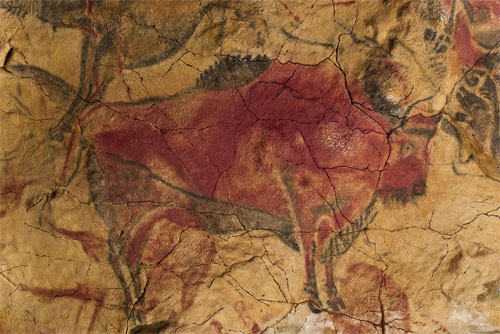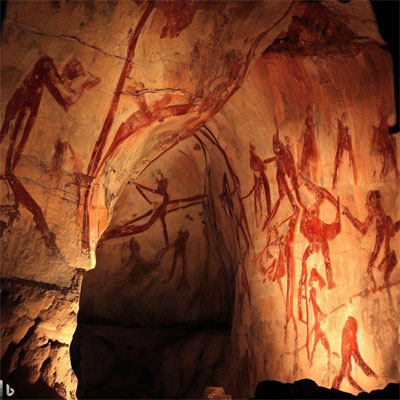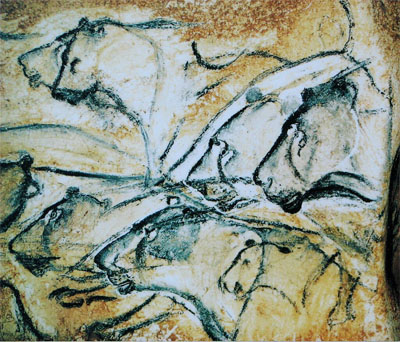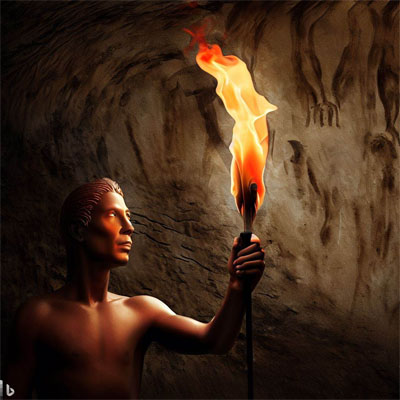Qigong (also spelled as “Chi Kung” and pronounced as “chee-gong”) is a holistic system of coordinated body posture and movement, breathing, and meditation used for health, spirituality, and martial arts training. It is a traditional Chinese practice that involves harnessing and cultivating the body’s vital energy, known as “Qi” (pronounced “Chee”) or “Chi,” to achieve balance, promote healing, and enhance vitality.
The term “Qigong” can be broken down into two words:
“Qi” (氣): This is often translated as “life energy” or “vital energy,” and it’s a concept rooted in Chinese philosophy and medicine. It refers to the unseen life force that circulates throughout the body and is essential for health and vitality.
“Gong” (功): This means “work” or “skill,” and in this context, it implies cultivation or mastery.
Thus, Qigong can be understood as the cultivation or mastery of one’s life energy. The practice of Qigong encompasses a wide range of techniques and styles, including both dynamic exercises and meditative stillness.
Practitioners of Qigong believe that, by working with the body’s energy, they can promote healing, enhance physical and mental well-being, reduce stress, and improve longevity. For some, Qigong is also a spiritual practice that helps them connect more deeply with the universe and their place within it.
Qigong has been practiced for thousands of years in China and has influenced many other Asian healing and martial arts traditions. In recent decades, its popularity has grown worldwide as more people seek holistic approaches to health and well-being.
The practice of Qigong healing involves:
Cultivating One’s Own Qi: Before a healer can assist others, they often spend years cultivating their own energy through dedicated Qigong practice. This enhances their ability to channel and manipulate qi.
Diagnosis: Traditional diagnosis might involve feeling the client’s energy field, observing their physical posture, movements, and complexion, and asking questions about their well-being. The healer tries to identify blockages or imbalances in the flow of qi.
Emission of Qi: Some Qigong healers practice “external qi healing” where they channel their own cultivated qi to the patient to help facilitate healing. This may involve the healer placing their hands near or on the patient without touching, and then directing qi into specific areas to break up blockages or replenish deficient energy.
Guided Movements and Postures: The healer might teach the client specific Qigong exercises to practice on their own. These exercises can help to balance and strengthen the client’s energy.
Meditation and Visualization: Healers may guide patients in meditative practices that involve visualizing the smooth flow of qi or the dissolution of blockages.
Breathing Techniques: Controlled breathing is a cornerstone of Qigong. Proper breathing techniques can help in calming the mind, oxygenating the blood, and facilitating the movement of qi.
Lifestyle Recommendations: A Qigong healer might also provide advice on diet, sleep, stress management, and other lifestyle factors that can influence qi.
Distant Healing: Some experienced Qigong masters claim to be able to send healing energy to individuals remotely. This concept is similar to the idea of “distance reiki” in the Reiki tradition.
It’s important to note that while many individuals report benefits from Qigong (such as reduced stress, increased energy, and improved well-being), it’s crucial to approach it as a complementary practice. For serious or undiagnosed health conditions, always consult with a medical professional.
Lastly, like any field, the effectiveness and ethics of individual Qigong healers can vary. If someone is considering seeking the services of a Qigong healer, it’s wise to do thorough research, seek out testimonials, and potentially get recommendations from trusted sources.









